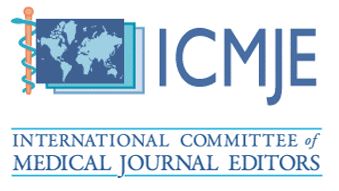Effect of Endodontic Access Preparation on the Retention of Zirconia Crowns with Temporary or Permanent Access Hole Restorations: An In Vitro Study
J. Nick Sanders, DDS1*, Amir H. Nejat, DDS, MS, MSD, CDT2, Peter J. Dupree DDS3, Edwin Kee MCDT4, Madeleine E. Raymond BS5, Fred McMullen DDS6
1Postgraduate Endodontic Resident, Louisiana State University Health Sciences Center (LSUHSC), USA.
2Associate Professor, Department of Prosthodontics, Louisiana State University Health Sciences Center (LSUHSC), USA.
3Associate Professor of Clinical, Department of Comprehensive Dentistry, Louisiana State University Health Sciences Center (LSUHSC), USA.
4Dental Library Technology Specialist, Louisiana State University Health Sciences Center (LSUHSC), USA.
5Louisiana State University Health Sciences Center (LSUHSC), USA.
6Department Head and Postgraduate Director, Endodontics, Louisiana State University Health Sciences Center (LSUHSC), USA.
*Corresponding Author: J. Nick Sanders, DDS, Postgraduate Endodontic Resident, Louisiana State University Health Sciences Center (LSUHSC), USA.
https://doi.org/10.58624/SVOADE.2025.06.011
Received: April 22, 2025
Published: May 16, 2025
Citation: Sanders JN, Nejat AH, Dupree PJ, Kee E, Raymond ME, McMullen F. Effect of Endodontic Access Preparation on the Retention of Zirconia Crowns with Temporary or Permanent Access Hole Restorations: An In Vitro Study. SVOA Dentistry 2025, 6:3, 69-74. doi: 10.58624/SVOADE.2025.06.011
Abstract
Objectives: To evaluate the effect endodontic access preparation had on the retention of anterior zirconia crowns after restoring the access hole with temporary versus permanent restorative materials.
Methods: 30 anterior zirconia crowns were milled from 5Y-TZP zirconia and bonded to a 3D printed die with resin cement. Crowns were randomly divided into three groups including negative control (NC, n=10) with no endodontic access preparation; positive control (PC, N=10) received endodontic access preparation and was restored with a temporary restorative material (Cavit); composite restoration (CR, N=10) received an endodontic access preparation and then the access hole was restored with composite resin.
Results: Considering the retention of crowns in NC group, PC group lost approximately 50% of its retention while the CR group had approximately 150% increase in the retention. The difference between the three groups was statistically significant (P<0.05).
Conclusion: Restoring the endodontic access hole of a central incisor zirconia crown with composite resin improves the retention of the crown.
Keywords: Endodontic Access, Composite Restoration, Anterior Crown, Zirconia, Crown Retention











